Drones have allowed photographers to the shake off the bounds of terra firma and take our cameras into the skies. We can now shoot images and video from up to 120m above our position and from over 7km away, where local rules allow.
However, his new perspective can throw the photographer's thought process off a little. If you are new to flying drones, you will find that while getting shots from way up high might initially look amazing, you soon come to realise they look a little bland, lacking in composition.
You can actually get the best images from a drone by applying some of your ground-based techniques to shooting from it. Here are some tips and tricks to shooting from a drone.
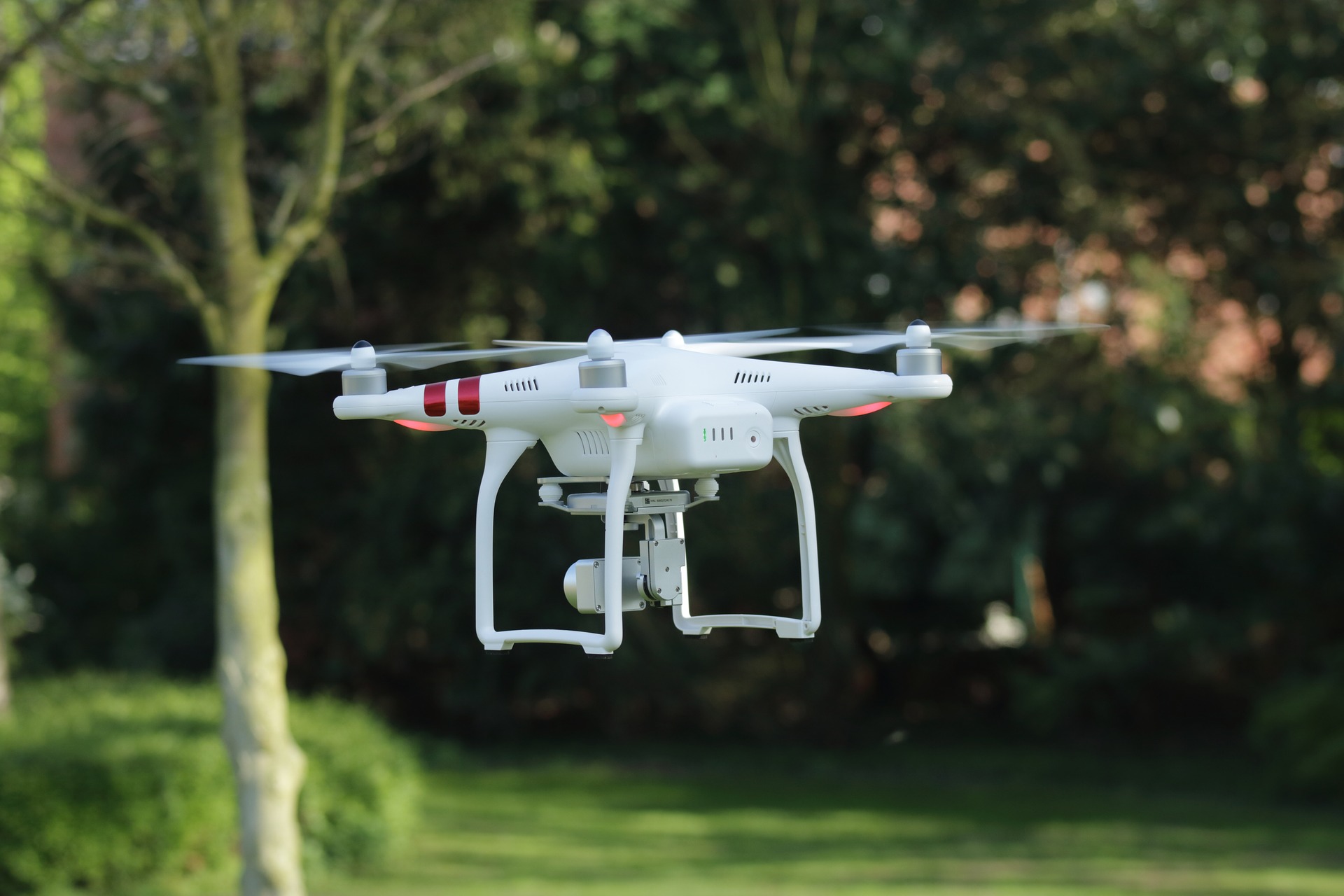
1. Composition
As we alluded to above, the thrill of going high often leads to us neglecting our composition. One factor that assists this is the need to try and get as many shots before the battery gets low. This puts pressure on us and makes us rush our compositions.
When flying, set your mind to shoot one thing and cover that well from different angles and heights. Remember that many of the compositional guidelines work as well in the air as they do on the ground. Put your horizon on one of the thirds, use roads or plowed fields as leading lines.
Perhaps a lighthouse positioned on one third is a great counter-balance to a rising sun. Try not to rush your shots, work as if you were shooting from the ground.
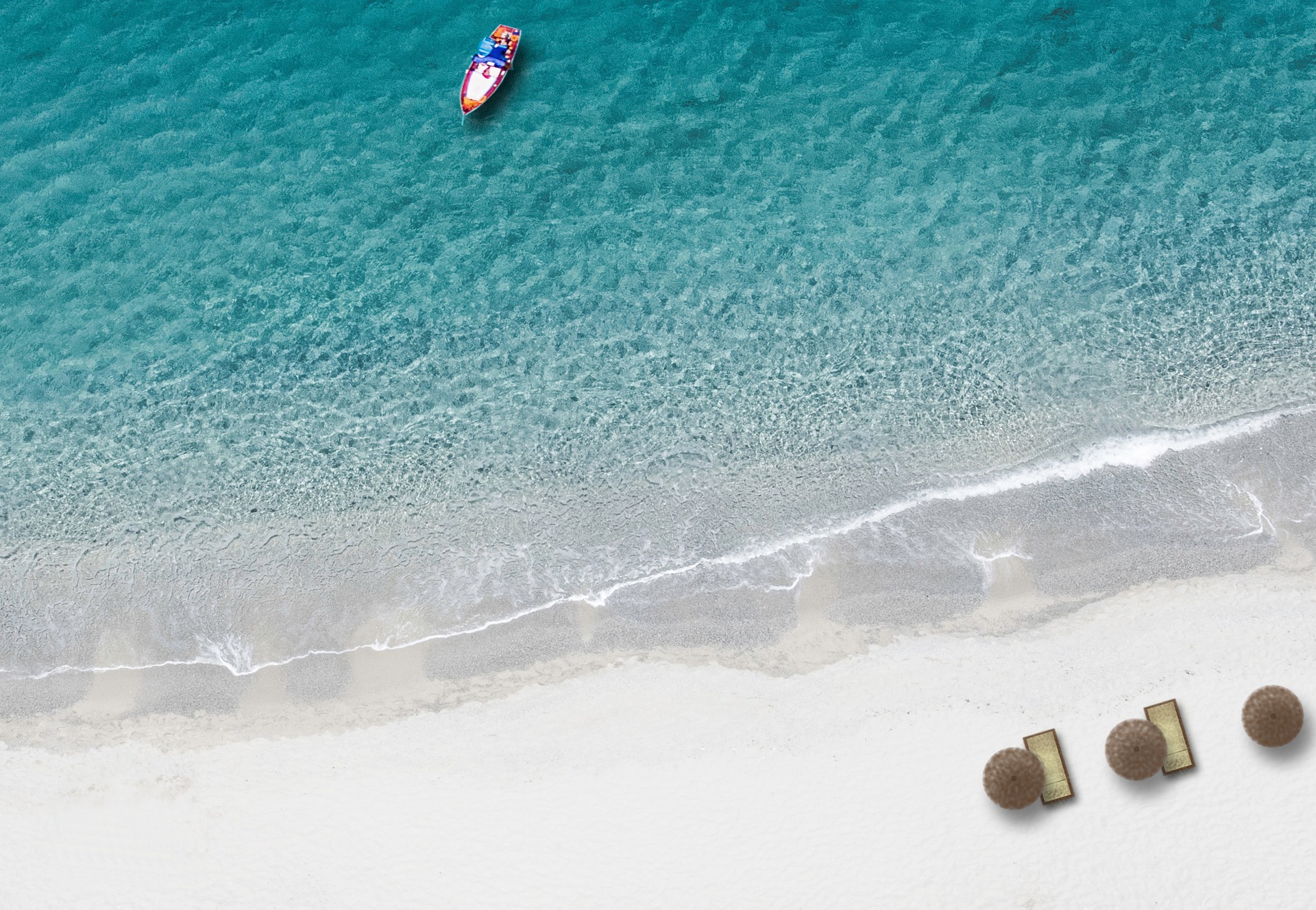
2. Go Low
Just because you can go high, does not mean you have to. The unique perspective that a drone can give starts slightly above head height. Try keeping the drone down lower to the ground and use taller objects in the surroundings as subjects or compositional elements.
This might be trees or the spire of a church, but don’t go higher than the higher the top point of the subject. You will still have a very unique image but because you are closer to the ground, you have many more identifiable elements in the scene to aid your composition.
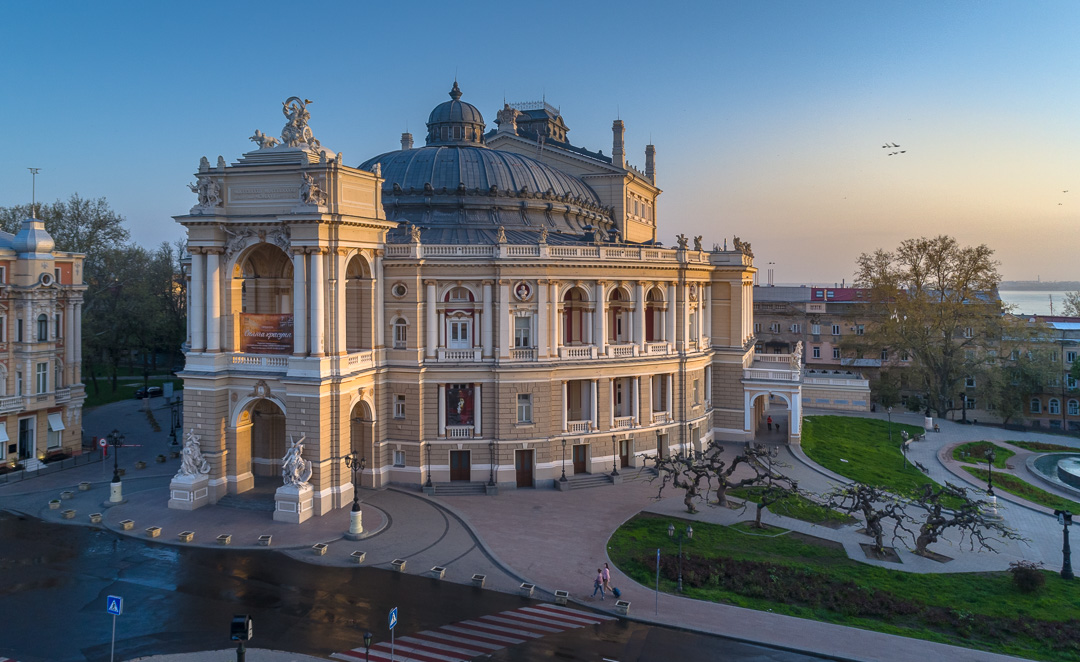
3. Look Down
Another unique perspective we often miss when flying drones is to shoot looking straight down. Most drones that have a gimbal allow you to turn the camera at 90 degrees to the ground. This perspective often gives us the most dramatic and interesting compositions.
It works particularly well when we have two main elements such as land and a river or road. It also is a composition that can work well at any height.
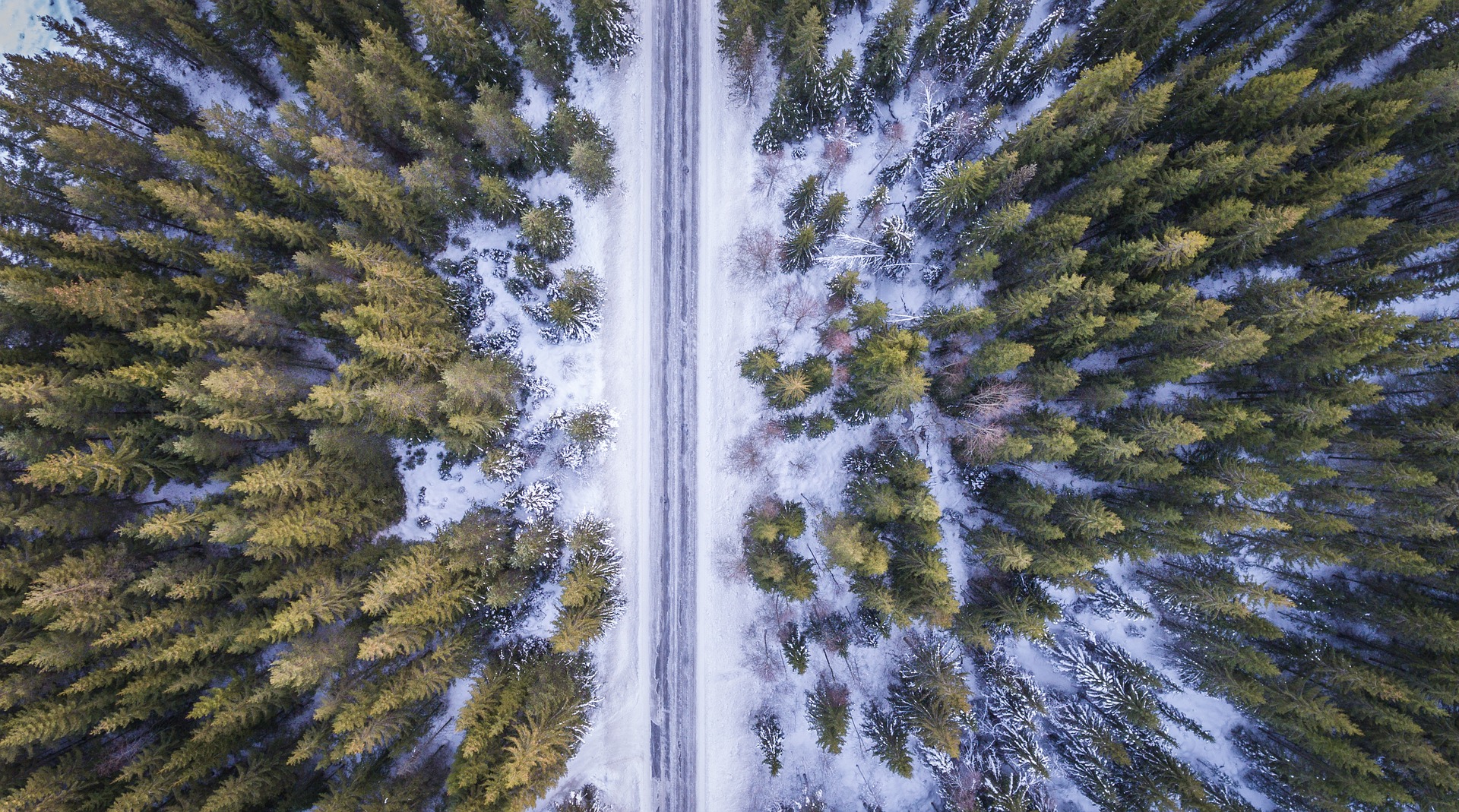
4. Panoramic 360 Degree Images
The software on many modern drones will allow you to automatically create a 360 degree panoramic. By activating the correct mode, the drone will take multiple images in the horizontal and the downward vertical plane.
Depending on the software the panoramic may be stitched in app or you may have to use an external editing suite to do it. Panoramic 360s often work well when the drone is not too high and when there is some interesting subject matter close to the camera.
5. High Dynamic Range.
Another useful function most drone applications include is the ability to shoot HDR or high dynamic range images. This is particularly useful as the combination of sky and land in a single shot often contains too much contrast for the relatively small sensors on our drones.
As it is not possible to add neutral density filters to most drones, HDR is a very good option. If you have a scene that has excessive contrast, switch over to HDR. Make sure the drone remains stationary while you shoot.
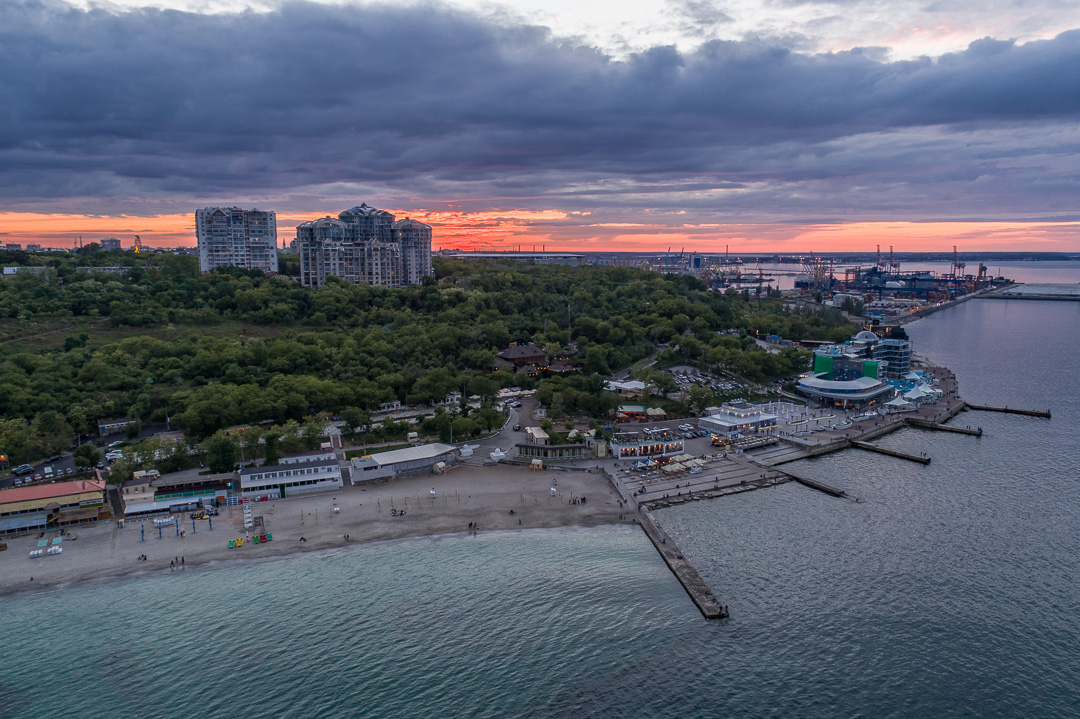
6. Polarise
While you might not get neutral density filters, you can get polarising filters for drones. Foliage, in particular, is very reflective and from above there is a good chance there will be a lot of it in shot.
A polariser will reduce the glare from reflections and add contrast and saturation to your images. Like using a ground-based polariser, it will be most effective when shooting at a 90-degree angle to the sun.
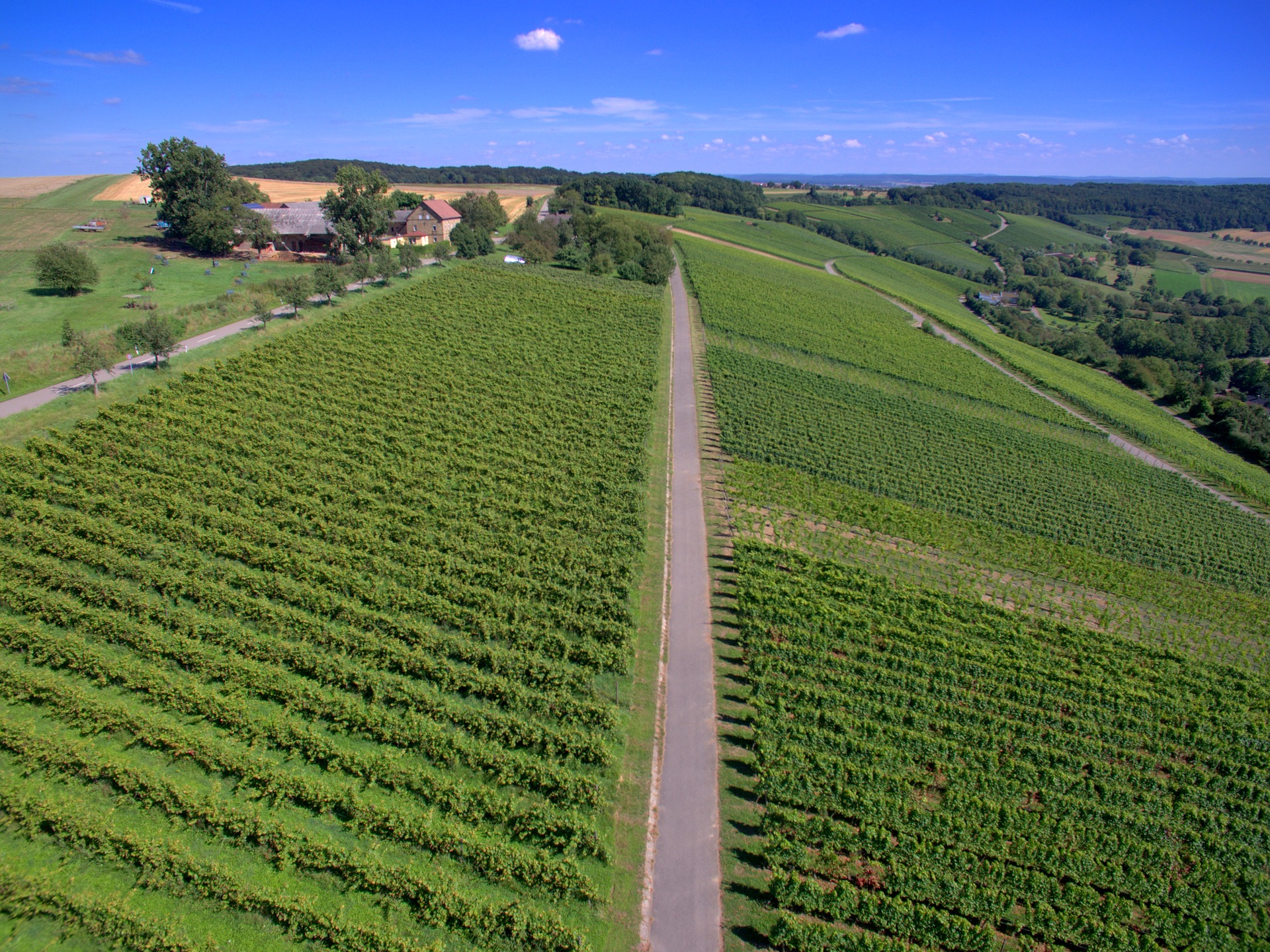
Drones are incredible machines that have given photographers the ability to get shots from unique locations. Because we are not used to the perspective that a drone can give us, we sometimes lose sight of the fact that most of the knowledge we have for ground-based photography, still applies in the air.
Applying some of the tips provided above should help improve your aerial images.
For More On Drone Photography
- Drone Photography 101: Tips and Techniques – see a beginners guide over at Contrastly
- 8 Tips For Better Drone Photography – find more tips over at From Where I Drone
- 7 Factors To Consider When Flying Your Quadcopter For Aerial Photography – see Jason's previous piece on flying your drone
- Using Drones For Photography And Making The Right Choice – Jason also has a great piece on choosing the right drone for you
- 4 Persistent Myths About Drone Photography – Jason also answers some of your lingering questions about drone photography





2 Comments
this is good jason
I want to use drone footage in my next film, so thanks for these tips. I like your point about using HDR to help with contrast. I will be sure to do this, especially when filming both the land and sky.